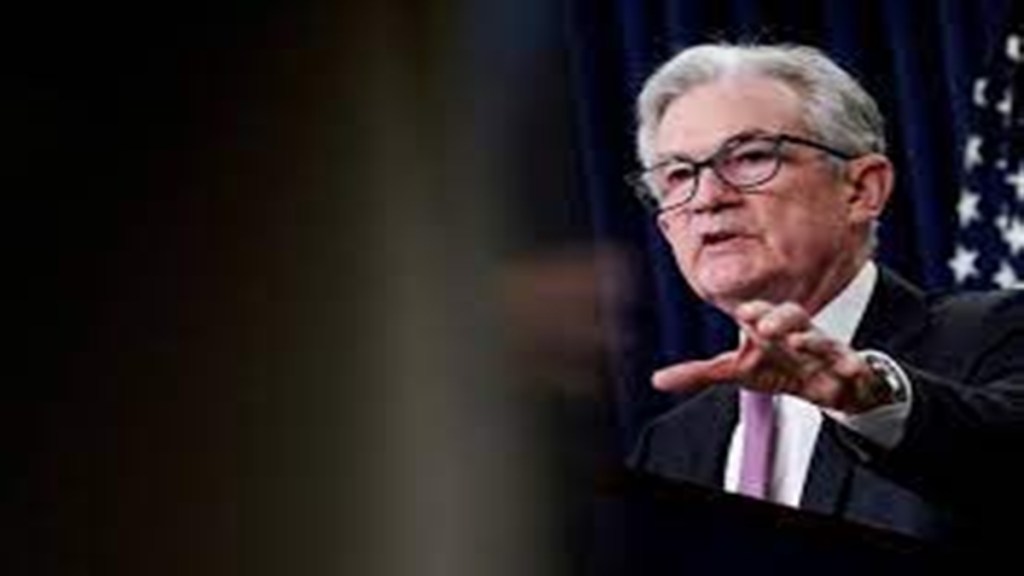Investors globally will be keeping a close watch on the outcome of the Federal Open Market Committee (FOMC) meeting taking place over two days September 19-20, 2023. Fed Chairman Powell will announce the FOMC decision of the United States Federal Reserve meeting on September 20 at 2:00 p.m. ET.
In the previous FOMC meeting in July, the rates were hiked by 25 bps. But, despite stubborn inflation, the market expects that the Fed will likely announce a pause, keeping the rate at 5.25%–5.5%, nearing a 22-year-high.
“It’s likely, the Fed will keep the rate at 5.5% this week, trying to maintain the balance between possible recession and high inflation. The current situation in the economy, where CPI increased slightly higher than forecasted but PPI is significantly higher than expected, may indicate a further slight increase of inflation in general because PPI usually impacts CPI with some delay.
However, the Fed might just decide to watch the inflation trajectory for another month and push back the possible last hike of this year to the next meeting, as the rate is already quite high for the economy – right now, the Fed is already paying a high price to support the banking system through redeeming distressed assets,” says Ruslan Lienkha, chief of markets at Web3 platform YouHodler.
Alekh Yadav, Head of Investment Products, Sanctum Wealth says, ” There is an expectation that the Fed might consider raising rates one more time later this year. While the expected hold decision today is likely fully priced-in, the crucial element to watch is the commentary from the Fed. A hawkish tone in their commentary could negatively impact markets.”
Inflation remains sticky in the US. The U.S. Bureau of Labor Statistics recently revealed new inflation data, which showed that the annual inflation rate accelerated in August to 3.7% from 3.2%, and that consumer inflation in the country surged substantially in August by 0.63% from 0.17% in July. Core CPI, which does not include food and energy, decreased to 4.35% in August from 4.65% a month earlier, which was in line with expectations.
At the same time, unemployment is also showing an increase. The U.S. Bureau of Labor Statistics’ most recent report, which was published on September 1, 2023, indicated that the unemployment rate unexpectedly increased in August from 3.5% to 3.8%. Expectations that the Federal Reserve would delay or scale back rate increases will increase as a result of the growing unemployment rate.
According to the latest labour report, the Fed is widely expected to hold the key rate hiking at next week’s FOMC meeting,’ said Kar Yong Ang, the OctaFX financial market analyst. ‘But due to August’s mixed inflation data report, the Fed must keep a hawkish tone in its messaging. The core CPI is still too high and could accelerate,’ Ang adds.
Market experts expect the US Fed to pause hiking rates in September and wait for more economic data to flow in. Therefore, the expectation is that the FOMC meeting in November will see a rate hike and a status quo will be maintained this time in today’s meeting.
The Fed is at risk of continuing to pursue an aggressive monetary policy. Although there is now little expectation of a harsh landing, a stricter monetary policy could cause the economy to falter. Consumer spending and economic growth have persisted despite rising borrowing costs for consumer loans, which could boost inflation.
Investors in the stock market are eager to hear Powell’s news conference remarks about when the Fed is anticipated to halt. In order to gauge the economic impact of the Fed’s 11 rate increases since March 2022 and determine if inflation will continue its rocky path toward the central bank’s target rate of 2% annually, Fed members have already indicated they are likely to leave the rate stable at this meeting rather than raise it.
The Summary of Economic Projections will also be published today stating their members’ predictions for the economy, whether they expect another rate increase, and how long rates will remain at their present 22-year high. Markets will look for cues from the Fed’s dot plot to assess the future course of interest rates.
